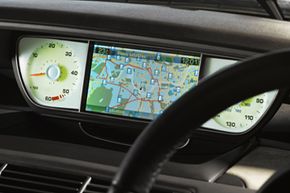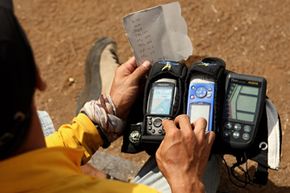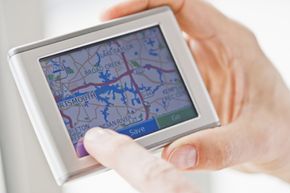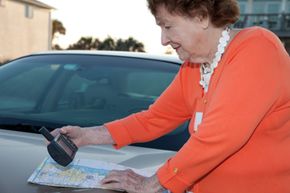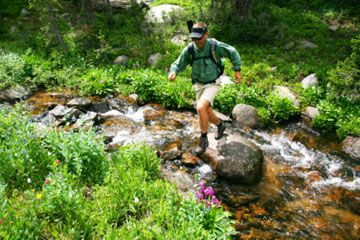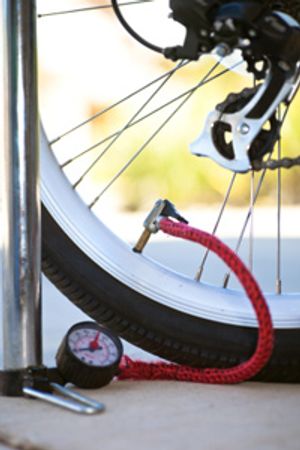GPS, or Global Positioning System devices, have been available to the general public since the 1980s, after some years of use by the United States military. But until 2000, the U.S. government practiced something called Selective Availability, which meant they purposefully degraded the information that civilian GPS systems were able to receive. The result was that the devices could lead you off course by as much as 300 feet (91 meters), while the military version got you within 10 feet (3 meters) in most cases. Once this practice was lifted, the devices really took off in the civilian market, and companies like industry leader Garmin found themselves swimming in business.
The most common use for GPS devices is to help you get around town in your car. Detailed road maps that come loaded in your GPS device made getting lost nearly impossible and became a beacon of hope for the directionally challenged. Pretty soon, with the availability of marine, trail and topographic maps, handheld GPS devices became a source of fun for adventurers and hobbyists, not to mention a great safety tool for outdoor enthusiasts. You can now choose a GPS cell phone or a standard non-phone handheld device from all of the major GPS system manufacturers. They're generally more rugged and hardy than the kind you'd get for your car, but perform in much the same way.
Advertisement
Whether you're geocaching, hiking, rafting or navigating an urban jungle, a handheld GPS device can be a lot of fun and an important safety tool. We'll walk you through how to use them in this article.
